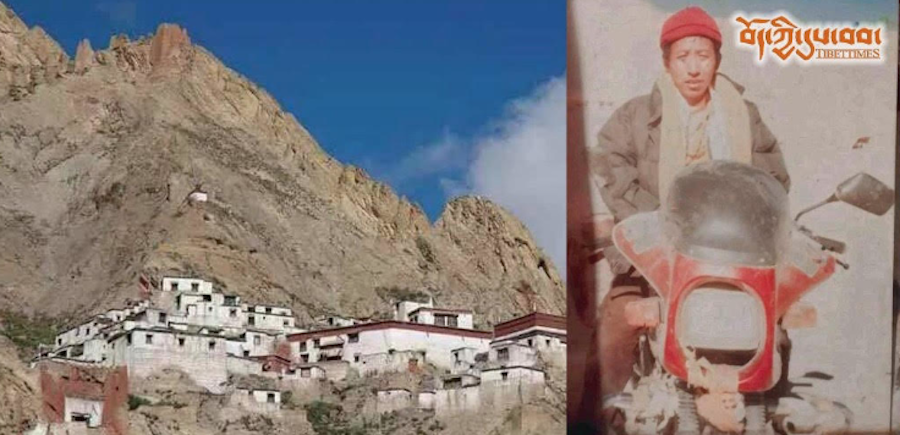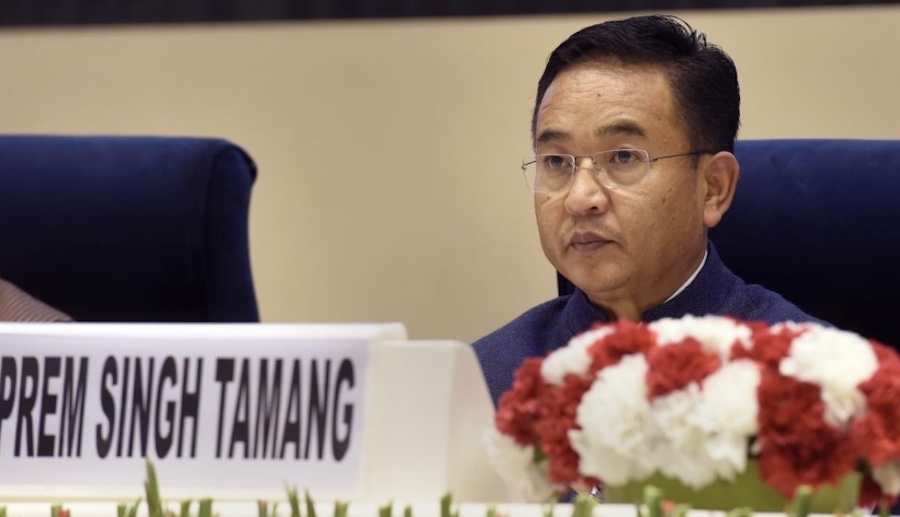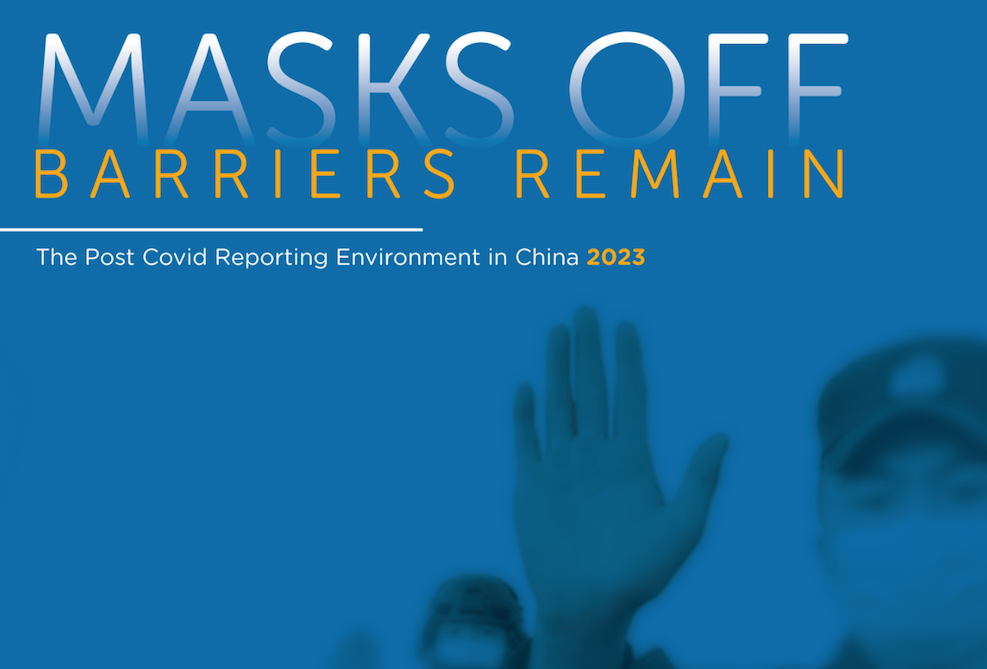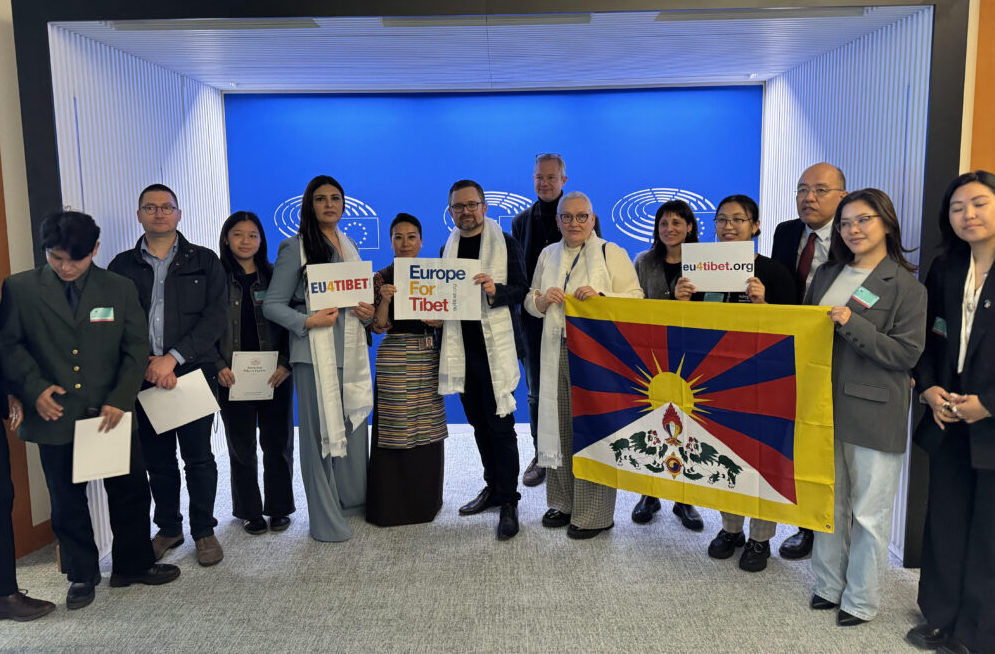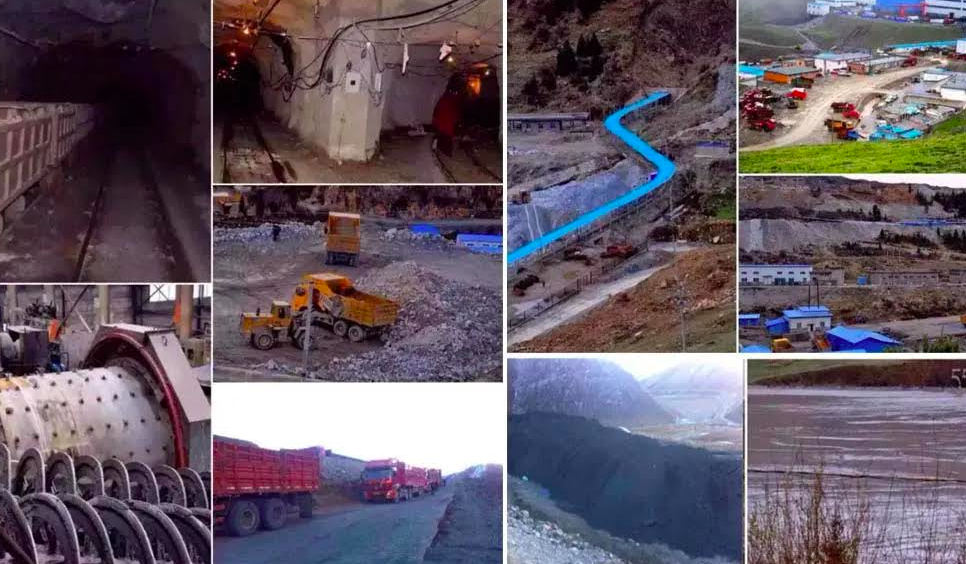The most recent statistics available for the Tibet Autonomous Region (TAR) reveal that the proportion of the local population that cannot read or write increased by more than 10 percent, to 54.9 percent in 2003, from 43.8 percent in 2002. This places the TAR against the trend in all other western provinces of the People’s Republic of China (PRC), where illiteracy rates decreased in 2003, as in previous years. Similarly, the proportion of the population in the TAR with primary, secondary or tertiary levels of education also fell in 2003, meaning that the population was on the whole less educated in the 2003 survey than in the 2002 survey. Given that the surveys in the TAR mostly look at ethnic Tibetans, who account for over 90 percent of the registered TAR population, if these findings are even remotely accurate they indicate a marked failure of the Western Development Strategies of the PRC to improve education levels among Tibetans, despite official claims to the contrary.
The most recent survey data available is from the sample survey of population changes conducted in 2003 and published in the 2004 China Statistical Yearbook (CSY). Although survey results tend to vary from year to year, the sharp jump in the illiteracy rate of the adult population aged 15 and older in the TAR in 2003 is striking. At 55 percent, it is closer to the illiteracy rates that were measured in the late 1990s (60 percent in 1998), than in the intervening years when the Chinese authorities were making a concerted effort to portray that social conditions had improved markedly in the TAR (in 2002 it was recorded as low as 44 percent).

Similar trends are seen in the education levels of the population aged 6 and older, which are alternative and perhaps more reliable indicators, since these education measures seem to be less politically sensitive than illiteracy rates. In this case, the gains that had been made between 2000 and 2002 in the proportion of the population with primary education and above were apparently almost completely lost in 2003. The proportion fell from 62 percent in 2002 to only 55 percent in 2003. The proportion of the population with secondary education (middle and high schools & vocational schools) and above also fell from 15.4 percent in 2002 to 14.2 percent in 2003. This is particularly relevant to the Tibetan workforce since the formation of skilled workers generally takes place from the secondary level onwards.
Notably, in the PRC as a whole, 57 percent of the population had a level of secondary education or above in 2003. Almost 50 percent of the population of Sichuan , which is the main source of Chinese migrants to the TAR, also have this level of education. In both cases, these education levels had improved since 2002. Seen in connection with worsening Tibetan levels, this indicates that the competitive educational disadvantages faced by Tibetans within their own towns and cities have continued to worsen with respect to the increasing out-of-province migration to these same towns and cities, most of which is made up of ethnic Chinese and Chinese Muslims (Hui).

Part of the fluctuation in the data from 2003 could possibly represent the variations that are typical to survey work, although the change is far from a normal deviation given the consistency of the data from the 2000 census to the 2002 survey. Considering that in recent years the Chinese authorities have been trying to improve their social surveys in the TAR, it could also represent a more accurate appraisal of education levels in the region. Or else, it could represent a lapse in government attention to portray a favourable picture of social development in the TAR under the current Western Development Strategy (xibu da kaifu). However, several additional reasons can help to explain why at least part of the changes in education levels may in fact represent real changes in the society.
On one hand, while there was a sharp increase in education spending during the first years of the Western Development Strategy in 2001 and 2002, this was short lived and the increase started to taper off in 2003 (Table 8-14 in the 2004 CSY and equivalent tables in previous years). Furthermore, much of the initial and subsequent spending increases were absorbed by rapid salary increases of teachers and other education-related staff, which almost doubled between 2000 and 2003 (Table 5-25 in the 2004 CSY and equivalent tables in previous years).
Additionally, despite the fact that the TAR has a sharp per person undersupply of schools relative to every other province of the PRC, as well as the youngest population in the country (and thus greater per person demand for schools), the number of primary schools in the TAR dropped by three, from 895 to 892, between 2002 and 2003, while the number of secondary schools increased only marginally from 100 to 105, and two of these were senior secondary schools. Perhaps most disturbing is the drop in vocational schools by half, from four to two. Vocational schools are critical for training Tibetans in the practical skills that could allow them to compete with out-of-province migrants. Even at their number in 2002, per person supply of vocational schools was only one-fifth the average in the PRC. Conversely, higher education institutions (i.e. universities) increased from three to four, even though these are oversupplied relative to elsewhere in the PRC (all data taken from Chapter 21 in the 2004 CSY). Thus, despite high levels of illiteracy and no-schooling, the bias towards higher education and against primary, secondary and vocational education in the education policy of the TAR has become even more accentuated in 2003 than in 2002. This bias might be in part driven by the use of universities in the TAR to train in-coming Han Chinese cadres serving in the TAR.
On the other hand, many aspects of the current education policies may have counter-productive . For instance, despite assertions from the government that tuition for primary education is free in the TAR, reports indicate that many rural schools still impose a variety of non-tuition fees, particularly those that are outside the jurisdiction of county towns and are thereby extremely short of funds. These fees at the primary level continue to place a heavy burden on rural families, let alone the costs of secondary education and above, which are often prohibitive for poorer families.
Also, the poor quality of rural schools combined with the difficulties that graduates face in finding employment, particularly since the policy of guaranteeing employment to graduates was stopped in 2001, leaves many rural families questioning the value of such increasingly expensive education.
Finally, the use of education in the Tibetan areas as a tool of assimilation into the mainstream Chinese society, for instance through the growing use of Chinese as the medium of instruction and by imposing patriotic education in the curriculum, alienates many of the rural farmers and nomads.





